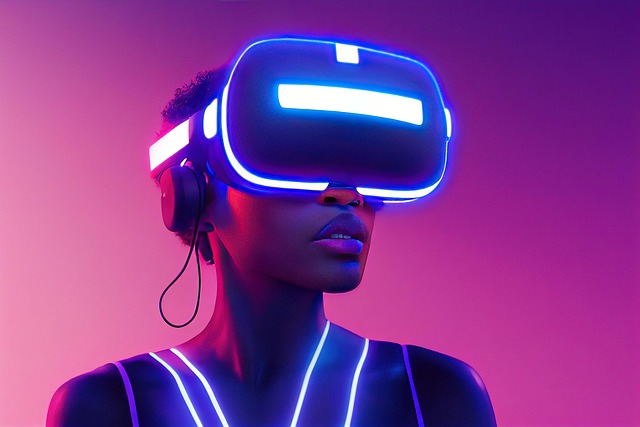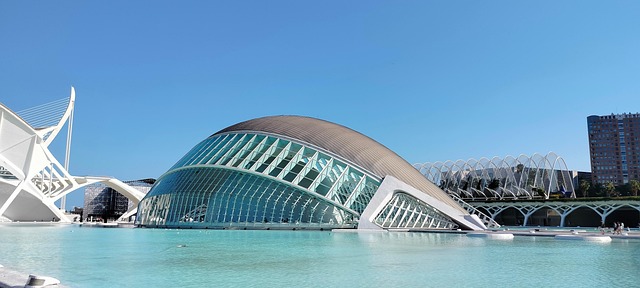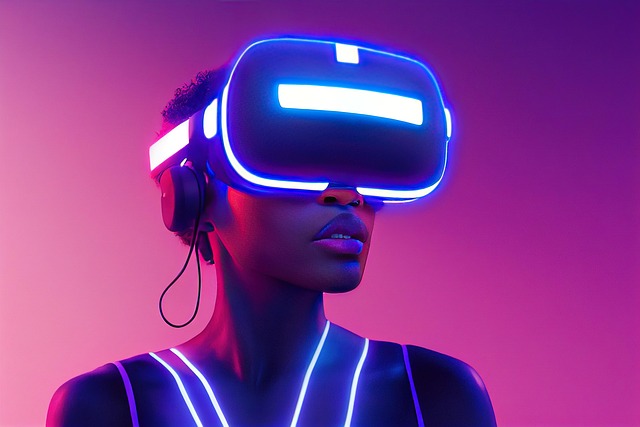Exploring the Metaverse: The Impact of Immersive Design in Virtual Reality and Augmented Reality
In recent years, the concept of the metaverse has transcended from speculative fiction to a tangible reality, largely fueled by advancements in immersive design. This digital universe offers experiences that meld seamlessly with our physical world, creating a new frontier for human interaction, exploration, and creativity.
The Allure of Virtual Reality
Virtual reality (VR) transports us into entirely new worlds, allowing us to escape the constraints of our everyday lives. With a VR headset, users can dive into fantastical landscapes, engage in thrilling adventures, or even simulate real-world scenarios for training purposes. The essence of VR lies in its ability to foster complete immersion, where every sensory input is crafted to enhance the experience. Through immersive design, developers can manipulate visuals, sounds, and even tactile feedback to create environments that feel not only real but engaging on an emotional level.
Augmented Reality: Blending Worlds
On the other hand, augmented reality (AR) overlays digital information in our physical surroundings, enriching our interpretation of the real world. Imagine walking through a familiar town and seeing historical events reenacted in real-time, or navigating a new city with a trustworthy guide projected above the street signs. Immersive design in AR bridges the gap between reality and digital enhancements, allowing us to perceive information contextually and interactively. This technology encourages a deeper connection with our environment, inviting us to engage in our surroundings like never before.
The Role of Immersive Design in the Metaverse
The metaverse stands as a vast landscape where both VR and AR converge, creating endless possibilities for immersive experiences. As designers craft these spaces, the principle of immersive design becomes essential. It not only involves the aesthetic aspects but also the psychological engagement of the users. Each element—be it a sound, a visual cue, or an interactive object—needs to work in harmony to create a cohesive and believable experience.
Consider how social interactions evolve in the metaverse. With immersive design, users can partake in live events, workshops, or artistic displays in a virtual space that captivates their attention and emotions. The goal is to build connections that feel as genuine and impactful as those in the physical world. When users don headsets or use AR glasses, they are not just passive observers; they become active participants in a narrative unfolding around them.
The Future of Immersive Experiences
As we continue to explore the metaverse, the evolution of immersive design will play a crucial role in shaping how we interact with technology and each other. Innovations in graphics, artificial intelligence, and sensory feedback will undoubtedly enhance our virtual experiences, pushing the boundaries of what is possible.
The challenge ahead lies in crafting immersive environments that are not only engaging but also mindful of user well-being. Balancing the thrill of immersive experiences with the psychological impact on individuals will be key to ensuring that the metaverse remains a space for positive exploration and connection.



